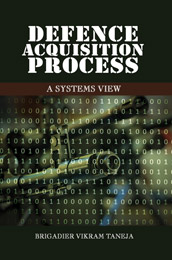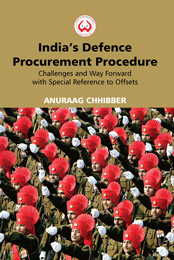Subjects
Creating Best Value Options in Defence Procurement: Application of Operations Research in Source Selection
Sanjay Sethi
In the last two decades, the Indian capital defence procurement systems have not only undergone systematic codification, but have also been through an incremental process of continuous improvement. Each new version of the Defence Procurement Procedure (DPP) has endeavoured to bring in process efficiencies, and has attempted to solve functional problems posed by its predecessor. However, neither has the procedure lost its ‘one size fits all character’, nor has it seen induction of any of the international best practices. Above all, it is completely devoid of Operations Research methods or quantitative tools. The capital procurement procedure has not seen any dramatic change in its approach to procurement, and consequently its yield has remained more or less static.
The writers of the DPP argue that the procedure addresses many concerns that include the need for faster and expeditious procurement, reducing dependence on imports, development of indigenous defence industry and, above all, avoidance of corruption. These concerns are real and undoubtedly deserve attention. However, the attention that these issues have attracted in the recent past has overshadowed and obscured, to a great degree, two of the fundamental requirements which the DPP should address—satisfaction of the end customer-soldier in the field, and ensuring that the most apt procurement processes and techniques are exploited to develop defence capability. The DPP has serious limitations when it comes to delivery of best value. Over the years, not much has been done to address this concern. The fact that the procedure relies on just a single source selection methodology, wherein price plays a dominant role, is ample proof of its limitations at delivering best value.
The book offers alternative methods for source selection, with a view to ensure delivery of best value to the end customer, in all acquisition cases. It suggests Operations Research tools which can make a significant difference to our source selection processes. The author has studied the public and defence procurement regulations of the United States, the European Union, the United Kingdom, Australia, and the United Nation, and has also included in this work many of the international best practices which can be absorbed by the Indian defence procurement system.


 Political Science
Political Science


